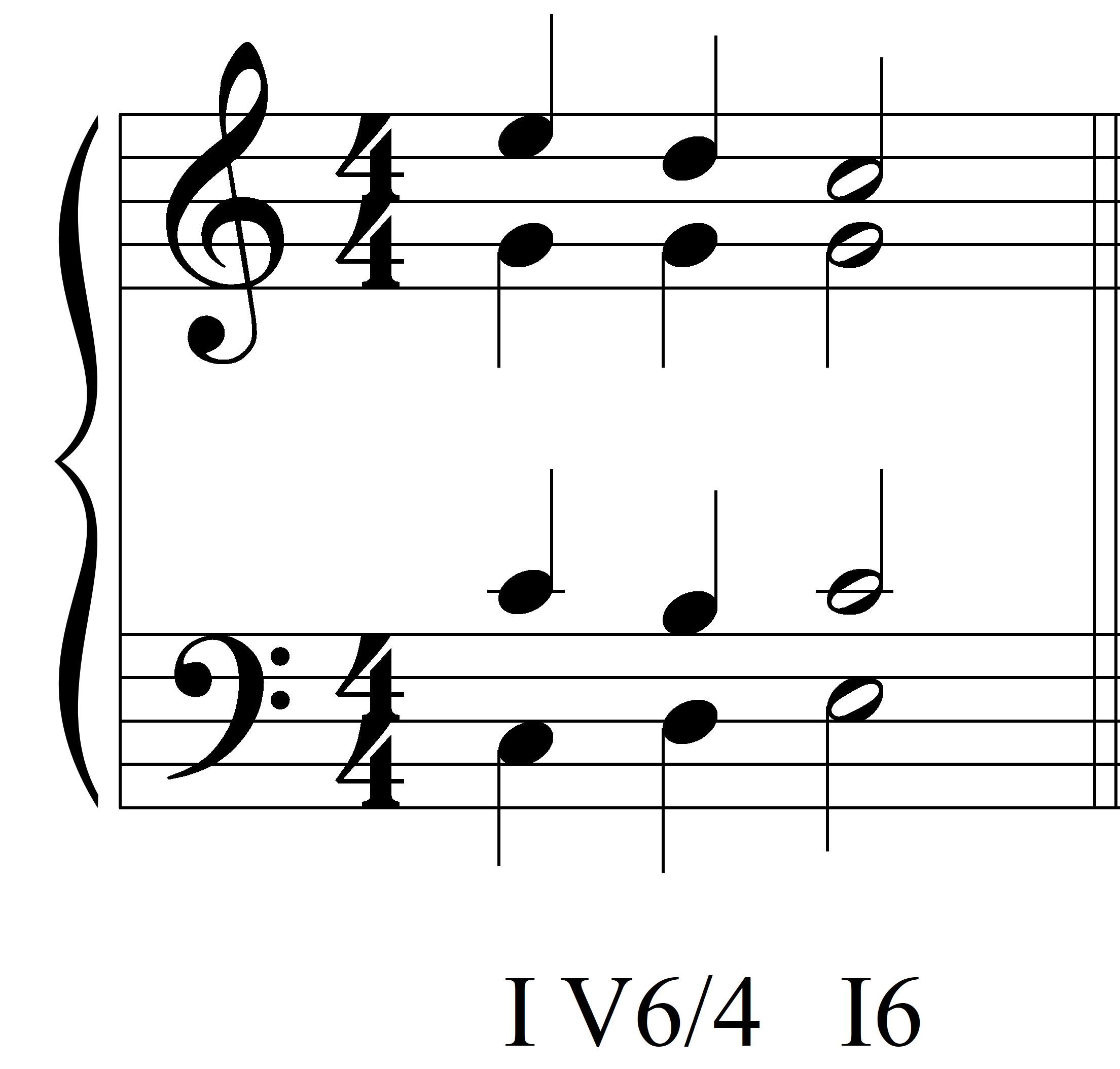Integrated Aural Skills 2019-20
Ear Training - Systematic Listening in Harmonic Dictation
Three-Chord Progressions
Here is an example of the type of three-chord progression we will study this week.

Systematic Steps
-
Big-picture listening: “I’m listening to the overall color of the progression. All the chords sound like major triads.” (Remember this, it’s important.)
-
Bass note possibilities: “Now I’m focusing my listening on the bass voice. Sounds like do-re-mi. Do in the bass? Probably chord I. Re in the bass? Could be chord ii… Wait, chord V also has re in it… To have re as the bass note, it would have to be in second inversion – V6/4. Mi? The most likely explanation is chord I6. Because it’s not chord iii. Chord iii is very unlikely, plus, it’s a minor chord and I already established all the chords were major triads.”
-
Chordal analysis using logic: “If the third chord in the progression is I6, then the second chord in the progression can’t be chord ii, because ii can’t go to I.” (Why not? See the table of chord progressions in Unit 9.)
-
Soprano notes and confirmation of hypotheses: “I hear mi-re-do. That makes sense, because mi is part of I, re is part of V 6/4, and do is part of I6.” (Theory behind this: the “passing 6/4” that we see in the above example is one of three very specific uses of the second inversion triad. We’ll get to the other two – pedal and cadential – in due course.)
-
Use final hearing to check work. “Are my analyses consistent with the pitches I’ve notated?” “Are my chord identifications consistent with the rules about chord progressions?”